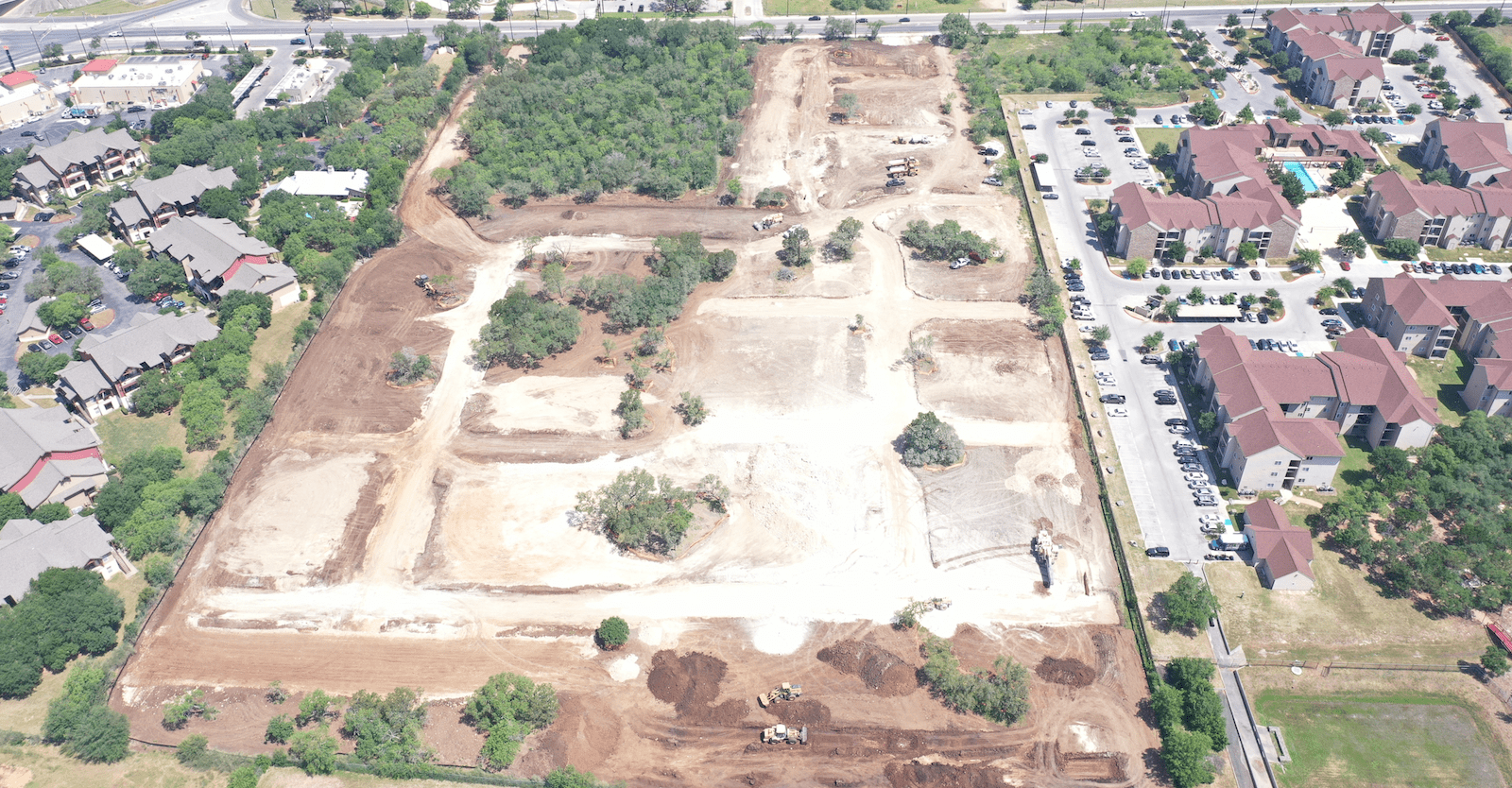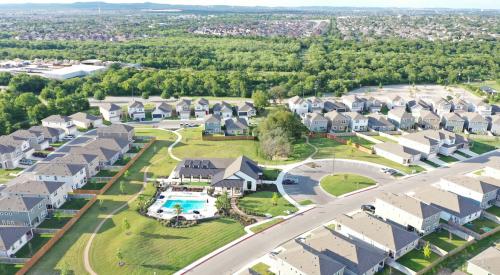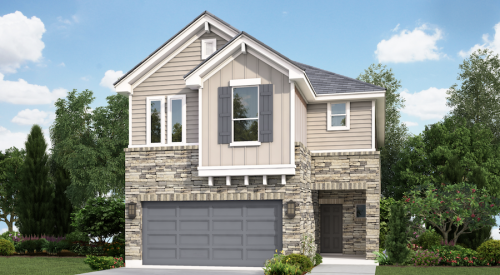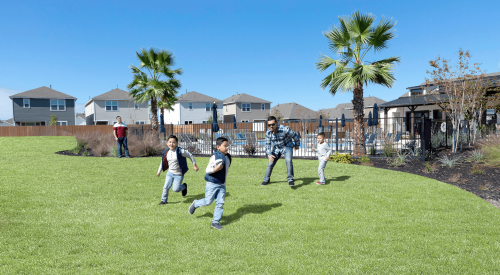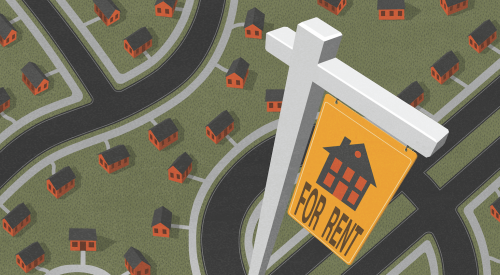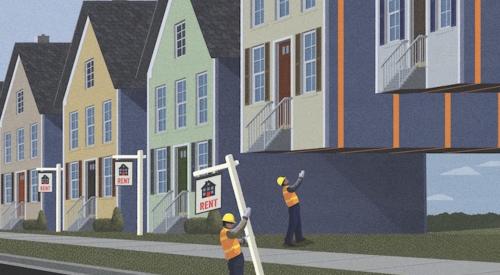The increasing cost of owning a home continues to affect more and more Americans. Rising interest rates are not helping. With inflation hitting a record high not witnessed since the 1980s, the Federal Reserve has initiated what will be a series of rate hikes; the 0.75 percentage point bump in mid-June was its largest increase since 1994, and it won’t be the last. Projections anticipate the Fed will raise rates to at least 3% this year.
The result of that activity is that a significant cohort of would-be homebuyers are now being priced out of homeownership or have psychologically thrown in the towel.
While homeownership rates fluctuate based on large economic events, statistics indicate a downward trend. According to consumer financial services company Bankrate, the number of homeownership households increased by just 10.1 million from 2010 to 2020—a rate lower than in any other decade between 1950 and 2010.
RELATED
- Built-to-Rent: What Happens When the Dust Settles?
- What’s Driving the Demand for Single-Family Rental Homes?
- Built to Rent Is Booming, But Operational Challenges Loom for This Housing Sector
As Homeownership Rate Wanes, Desire to Rent Rises
Also, the homeownership rate among young adults dropped 10% between 1960 and 2017, reflecting a shift toward renting, while, 64% of Millennial homeowners have some regrets about purchasing a home, with maintenance and hidden costs being the biggest culprits. In particular, these statistics may indicate that younger generations may not be as committed to the dream of homeownership as older Americans have traditionally been.
These factors are undoubtedly influencing both the demand for, and the rise of, single-family rentals (SFRs) across the U.S. Seeking to capitalize on the craze, an increasing number of players are pouring exorbitant amounts of capital into the sector, either buying up existing homes at premium prices to convert into rentals or delivering new communities of varying quality. The question today centers on how the currently overheated sector will fare in the long term.
Single-Family Rentals Due for a Market Correction
The single-family rental home arena is due for a reckoning. There are simply too many groups pouring money into this asset class seeking short-term gains, a dynamic that is not sustainable. While for-sale market dynamics are keeping rental demand strong, and a significant number of renters seek the lifestyle a detached home delivers, not all of the burgeoning number of SFR investors, builders, and operators are focused on quality or long-term value.
The investors buying homes and aggregating them are unable to offer on-site maintenance, instead operating a “call center” model that may work for credit cards and cell-phone companies but is less satisfactory for housing needs.
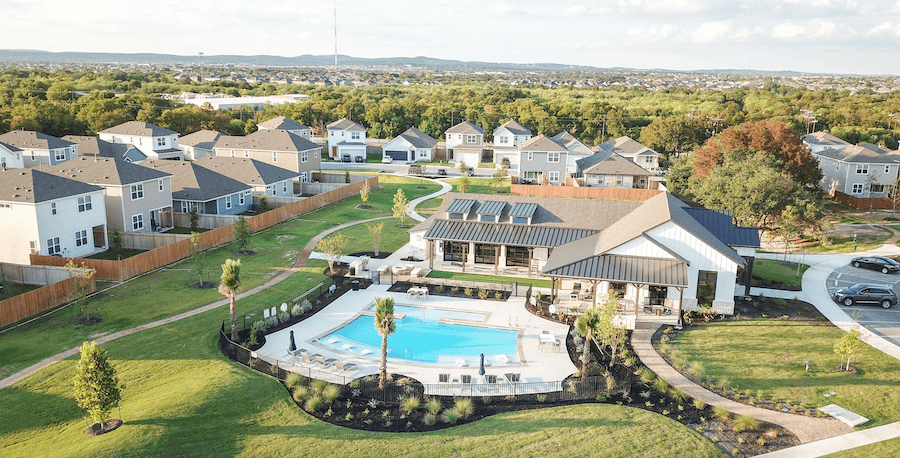
Additionally, these investors certainly don’t offer the amenities found in a contiguous, enviably appointed community. They are also arguably one of the key contributors to decreasing for-sale home affordability, as they repeatedly price out regular buyers and diminish for-sale home inventory stock. Some have been the focus of national investigative news exposés into their low-quality management practices.
Others label their business model “built-for-rent” though they don’t actually build anything at all. Instead, they buy homes in bulk, typically from production builders churning out value-engineered, grid housing designed for quick sale and monetization. Neither of these parties are particularly focused on a quality product and service but rather volume and profits. This is also a major and well-documented issue as these firms overpower the regular consumer by being well funded and hyper-fast acting.
Business models aside, location will likely be a focal point of the sector’s reckoning. The delivery of single-family rental communities in secondary and tertiary markets is on the rise, primarily due to the higher cost of land in class-A locations near employment centers.
As consumers, we know the difference between a Kia and a Mercedes, and every model in between. Single-family rentals should be no different. Not all are created equal. Not all include a full amenities package. And, like cars, not all are serviced well.
These outlier homes may draw renters today, but over time the homes will age poorly. Additionally, the lackluster quality of construction and shoddy maintenance will take a toll. Marry these factors with longer commutes to work and fewer regional amenities and the marketability (and profitability) of these homes will significantly decrease.
The bottom line is that the location and quality (or lack thereof) of many SFRs is eventually going to show, and a number of the players with short-term investment plans are likely to get pushed out of the business.
That said, any market correction is unlikely to be catastrophic, partially because all indications point to long-term sustainable demand for SFRs. Additionally, there are some players committed to quality homes and well cared for, highly amenitized communities in prime locations. These SFR participants represent the gold standard for the asset class and will endure for years to come.
Home Builders' Role in Single-Family Home Rentals
Over the past three years, an increasing number of production home builders have entered the single-family rental business. In the beginning, it was obvious they were looking to take advantage of an almost immediate (and healthy) return on investment (ROI). However, as time has passed, it’s become clear they aren’t leaving the SFR sector anytime soon. In fact, expect more of them to get into the business and forge relationships with investment funds seeking new home product.
RELATED
- Are You Ready for Build to Rent?
- The Synergy of Industrialized Construction and Built-for-Rent Housing
- Is the Built-For-Rent Sector Prepared to Weather a Possible Recession?
Additionally, as the for-sale market shifts with rising rates, many builders will likely seek opportunities to offload product originally intended for sale. Many of these homes will become rentals. This shift may not appeal to nearby homeowners and communities that expected many of these homes to end up being owner-occupied, but big builders—many of which are public and therefore focused on ROI and stock performance—will seek to offload excess land and homes quickly to get the assets off their balance sheets.
What the Future of SFR Housing Looks Like
While SFR has grown exponentially over the past decade or so, it’s important to remember the segment is still a newer asset class in terms of large-scale institutional investment. As it undergoes and subsequently emerges from a correction, many are hopeful the SFR arena will develop into a more sophisticated sector with fewer players merely interested in capitalizing on the immediate ROI attainable during an investment craze.
As this occurs, it should also become clearer that, like all real estate, location should never be compromised. The hope is that fewer new SFR homes and communities will be completed in tertiary locations that cannot promise long-term renter demand and value over time.
Today the term built-for-rent is thrown around to describe anything and everything SFR, and it’s simply an inaccurate use of the term.
Additionally, expect a greater delineation and segmentation of the sector to occur along with a better overall understanding of the various business models within it. Today the term built-for-rent is thrown around to describe anything and everything SFR, and it’s simply an inaccurate use of the term. The aggregators aren’t building anything. Neither are the operators buying production homes in bulk from builders.
In terms of SFR’s future segmentation, it will likely look a lot like the car business does today. As consumers, we know the difference between a Kia and a Mercedes, and every model in between. Single-family rentals should be no different. Not all are created equal. Not all include a full amenities package. And, like cars, not all are serviced well.
In the realm of single-family rental homes, the Mercedes is the model that marries the best of apartment living with the lifestyle of a detached home and community. It’s built to the highest standard and with the best amenities package. It will only be found in a class A location and it will be managed and maintained with on-site staff committed to keeping it in prime condition.
Ultimately, this elevated SFR model offers a stellar product and service—an experience more and more renters are looking for today. This is the gold standard SFR model today and for years to come.
